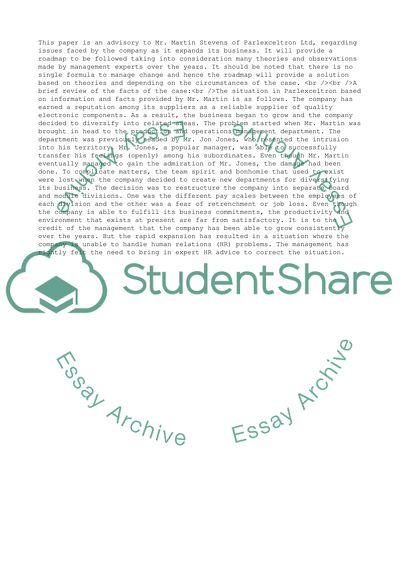Cite this document
(A Roadmap for Organizational Change in Parlexceltron Ltd Case Study, n.d.)
A Roadmap for Organizational Change in Parlexceltron Ltd Case Study. Retrieved from https://studentshare.org/management/1731579-case-analsis-for-partexceltron-ltd-sustaining-success-or-facing-failure
A Roadmap for Organizational Change in Parlexceltron Ltd Case Study. Retrieved from https://studentshare.org/management/1731579-case-analsis-for-partexceltron-ltd-sustaining-success-or-facing-failure
(A Roadmap for Organizational Change in Parlexceltron Ltd Case Study)
A Roadmap for Organizational Change in Parlexceltron Ltd Case Study. https://studentshare.org/management/1731579-case-analsis-for-partexceltron-ltd-sustaining-success-or-facing-failure.
A Roadmap for Organizational Change in Parlexceltron Ltd Case Study. https://studentshare.org/management/1731579-case-analsis-for-partexceltron-ltd-sustaining-success-or-facing-failure.
“A Roadmap for Organizational Change in Parlexceltron Ltd Case Study”, n.d. https://studentshare.org/management/1731579-case-analsis-for-partexceltron-ltd-sustaining-success-or-facing-failure.


